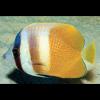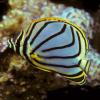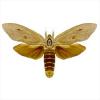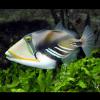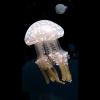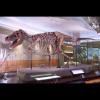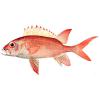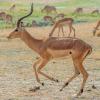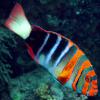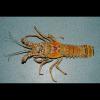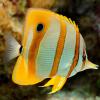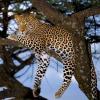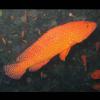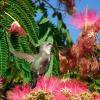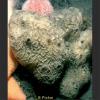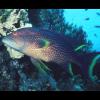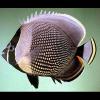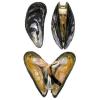Kingdom: Animalia
Animals (also called Metazoa) are multicellular eukaryotic organisms that form the biological kingdom Animalia. With few exceptions, animals consume organic material, breathe oxygen, are able to move, can reproduce sexually, and grow from a hollow sphere of cells, the blastula, during embryonic development. Over 1.5 million living animal species have been described—of which around 1 million are insects—but it has been estimated there are over 7 million animal species in total. Animals range in length from 8.5 micrometres (0.00033 in) to 33.6 metres (110 ft). They have complex interactions with each other and their environments, forming intricate food webs. The kingdom Animalia includes humans but in colloquial use the term animal often refers only to non-human animals. The scientific study of animals is known as zoology.
Most living animal species are in Bilateria, a clade whose members have a bilaterally symmetric body plan. The Bilateria include the protostomes—in which many groups of invertebrates are found, such as nematodes, arthropods, and molluscs—and the deuterostomes, containing both the echinoderms as well as the chordates, the latter containing the vertebrates. Life forms interpreted as early animals were present in the Ediacaran biota of the late Precambrian. Many modern animal phyla became clearly established in the fossil record as marine species during the Cambrian explosion, which began around 542 million years ago. 6,331 groups of genes common to all living animals have been identified; these may have arisen from a single common ancestor that lived 650 million years ago.
Etymology
The word "animal" comes from the Latin animalis, meaning having breath, having soul or living being. The biological definition includes all members of the kingdom Animalia. In colloquial usage, as a consequence of anthropocentrism, the term animal is sometimes used nonscientifically to refer only to non-human animals.
Characteristics
Animals have several characteristics that set them apart from other living things. Animals are eukaryotic and multicellular, unlike bacteria, which are prokaryotic, and unlike protists, which are eukaryotic but unicellular. Unlike plants and algae, which produce their own nutrients animals are heterotrophic, feeding on organic material and digesting it internally. With very few exceptions, animals respire aerobically. All animals are motile (able to spontaneously move their bodies) during at least part of their life cycle, but some animals, such as sponges, corals, mussels, and barnacles, later become sessile. The blastula is a stage in embryonic development that is unique to most animals, allowing cells to be differentiated into specialized tissues and organs.
Diversity: Largest and smallest
The blue whale (Balaenoptera musculus) is the largest animal that has ever lived, weighing up to at least 190 tonnes and measuring up to 33.6 metres (110 ft) long. The largest extant terrestrial animal is the African bush elephant (Loxodonta africana), weighing up to 12.25 tonnes and measuring up to 10.67 metres (35.0 ft) long. The largest terrestrial animals that ever lived were titanosaur sauropod dinosaurs such as Argentinosaurus, which may have weighed as much as 73 tonnes. Several animals are microscopic; some Myxozoa (obligate parasites within the Cnidaria) never grow larger than 20 µm, and one of the smallest species (Myxobolus shekel) is no more than 8.5 µm when fully grown.
Reference: Wikipedia




